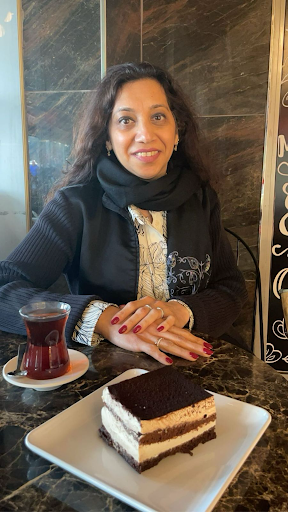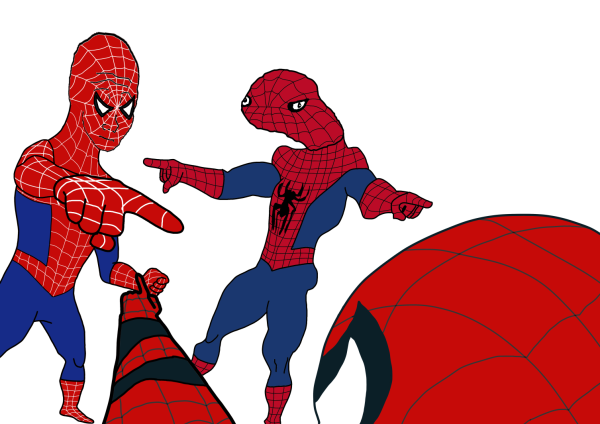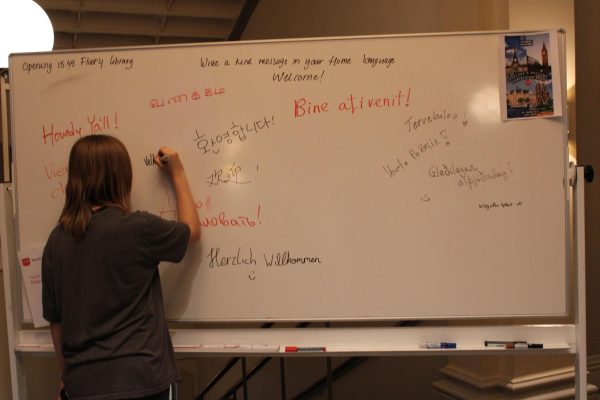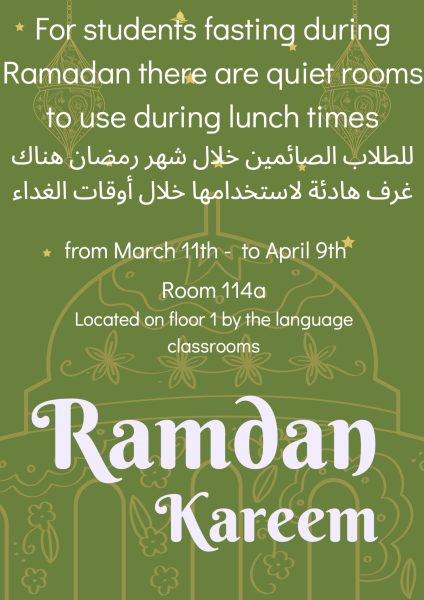A Transition in Traditions
Traditions are constantly changing and evolving all around the world. Easter is coming up soon, which in Sweden means you will be seeing children dressed up as witches appearing at your door. These children usually carry baskets, asking for treats, the most popular one being chocolate eggs. Along with eating chocolate eggs, many families usually take the time to boil eggs and decorate them in different ways. Decorating homes is very common in Sweden for Easter, with people placing yellow, green, and pink feathers around the house. However, the best Easter tradition that most Swedes look forward is eating semlor. Semlor are pastries with cream and marzipan in between two buns. They only appear during Easter time and are deliciously sweet, but incredibly unhealthy, so good thing they are only around for Easter.
A variety of cultures is the norm at SIS. We have so many different nationalities within our school community, but what do we celebrate?
If you were in the main building on December 13th, you might remember, seeing the grade 5 girls in white costumes parading down the stairs. They were celebrating a Swedish tradition – St. Lucia’s Day. Lucia was a young Christian girl who wore lights on her head so that she could use both her hands to carry food to the persecuted Christians in Rome. It has become a tradition for people in Sweden to dress to mark this day. A line of singers is usually led by a girl with candles on her head, representing the old tale of Lucia. Traditionally, both children and men and women will join the choir, walking in single file into the church singing songs such as : Stilla Natt, Santa Lucia and Staffan Var en Stalledräng.
Traditions, though, are constantly changing; Lucia ceremonies today can take very different forms. At a ceremony I attended last year, the English song Joy to the World was sung giving a more modern feeling. It also began with people dressed in black rather than white costumes without any candles or light. They sang beautiful songs, but tried to represent the darkness at this time of year. As the ceremony progressed the young girls and boys swapped their dark outfits for the traditional white outfits with a red sash tied around their waists. Whilst this was an unconventional approach, showing the transition from darkness to lightness, I couldn’t help but notice that most of the participants were Swedish looking – girls with blonde hair. It’s a pity that it didn’t represent our cultural diversity. 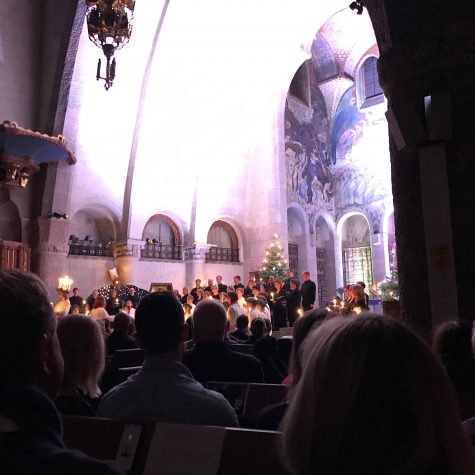
Which brings me back to SIS. At an international school, then, it is wonderful that we have a Swedish Lucia ceremony. Yet, there is still one question left to ask. Why do we only have Lucia in the primary school? It would be wonderful to spread this wonderful tradition to the MYP and the DP. In the Lucia that we have at SIS, the majority of the participants were girls. Maybe we could encourage all ages, and genders to participate in Lucia. And not just Lucia, for that matter. There is more to Swedish culture than Lucia and for people who are in this country for a short time, wouldn’t it be good to show them more of the Swedish traditions? And what about other traditions which concern our school community? How can we show diversity within our school? Let’s hope that Easter brings witches, semlor, and eggs to our school.




